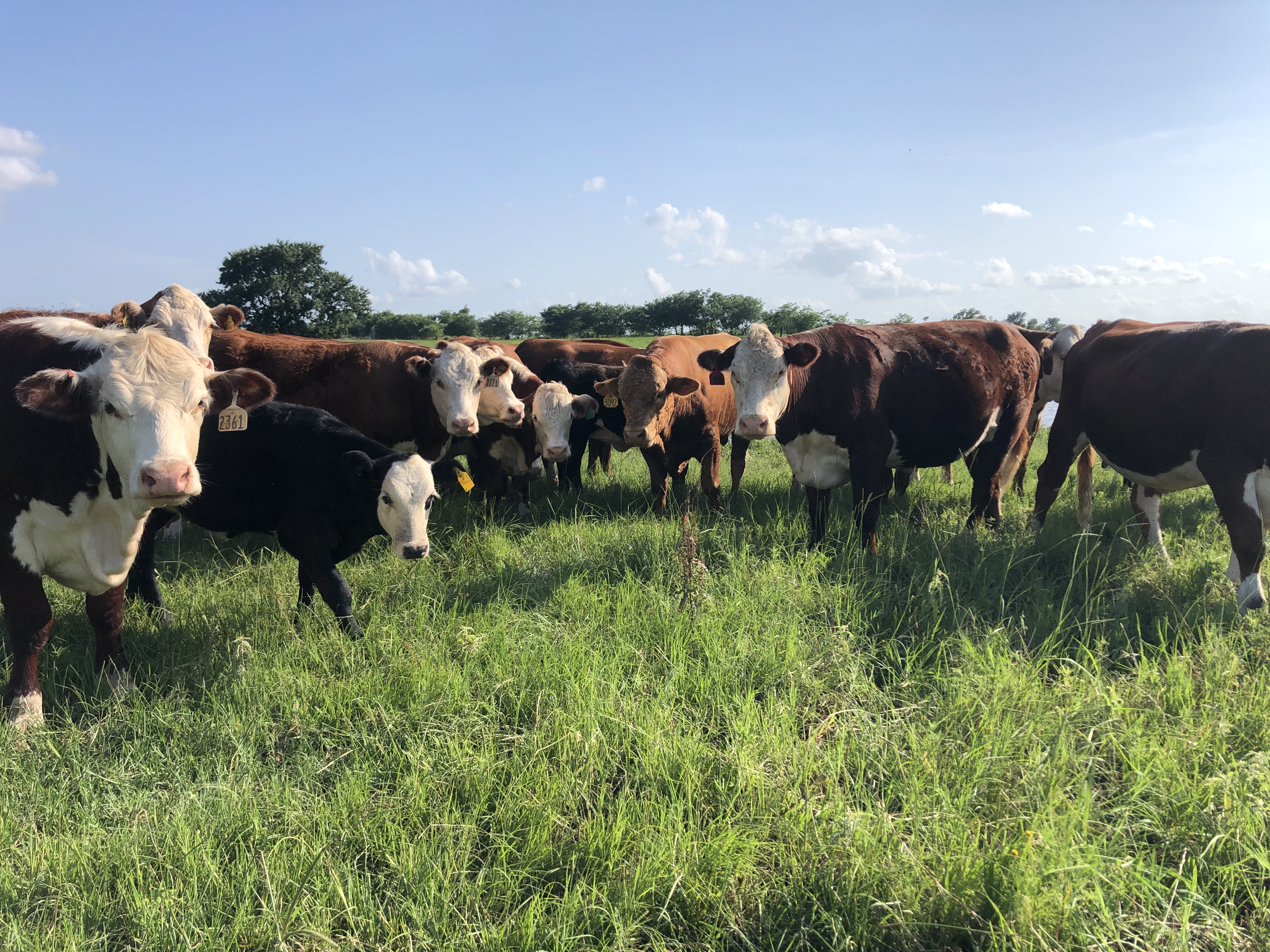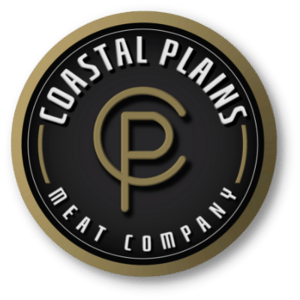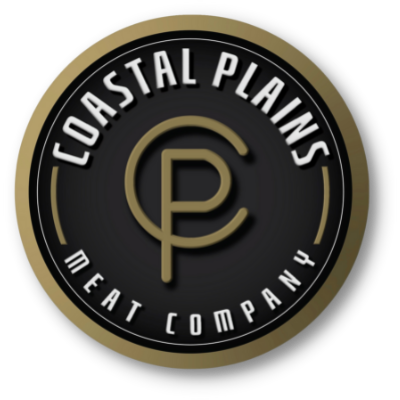Have you ever been out on a cattle ranch? Did you know that ALL beef cattle spend about half their life with their mothers, eating grass, and about half the beef cattle in the US live on grass constantly?
Get a better understanding of how beef is raised through the stories of a few of the roughly 28,000 family farmers and ranchers who raise beef here in Louisiana.

Here is a link about the cattle industry in Louisiana and the early days of how it came to be: A Man Can Stand, Yeah: Ranching Traditions in Louisiana
The Process: Raising Beef Cattle
Raising beef cattle is not a simple job. Raising beef cattle is a complex process that, with farmers and ranchers focused on grass production and the availability of forage to cattle to convert green grass into protein. Learn a little about why Louisiana cattlemen and women are the experts in their field and how it helps the local beef industry to consistently supply high quality, safe beef to the growing local community of consumers.
Louisiana farmers and ranchers who raise beef, care for a herd of cows that have calves once a year. When that calf is born, it typically weighs 60 to 100 pounds. During the calves next 205 days they will live off their mother’s milk and graze on green grass pastures.

Green Grass Pastures
A rancher will tell you that raising beef cattle is equal parts caring for their cattle and caring for the grass they rely on to graze those cattle. Many of Louisiana’s cow/calf farms or ranches are family operations most with only 40 head of cows in their herd. Maintaining their pastures and grazing lands is key to ensure forage health for their cattle, and is just as important to these ranchers as making good genetic choices, providing supplements for mama cows, and monitoring the health of their cattle daily.
The cattle coming off of their momma during weaning time (the time that the calves are removed from their momma), and taught to eat grass only instead of milk, start to convert green grass into protein instead of milk. That calf will grow 1-2 lbs per day based on the protein content of the forage they are eating. Throughout that animal’s life it will graze on grass and in Louisiana lives a very low stress, laid back life.
Bring in the Grain
At some point some producers may want to add some grain to their forage program, either on their own property or through the partnership with a feed yard. During this time, the cattle will start to produce more marbling in their muscles which provides the consumer with a better eating experience.
Quality Beef
Alternatively, many producers opt to raise grass-fed cattle only, which provides other health benefits and a different eating experience for the consumer.

Whether you prefer grass-fed only or grass-fed and grain finished or if you just like beef, take some time to get to know your local farmers and ranchers. Believe it or not, our beef supply doesn’t come from some big factory, it comes from the families in your own community that strive to produce safe, quality beef for their families and yours. Try pairing Cast Iron Cajun's Rub Y'all seasoning, the perfect specialty meat rub!
Know your farmers and ranchers
Coastal Plains Meat Company
Contact us for more information.



